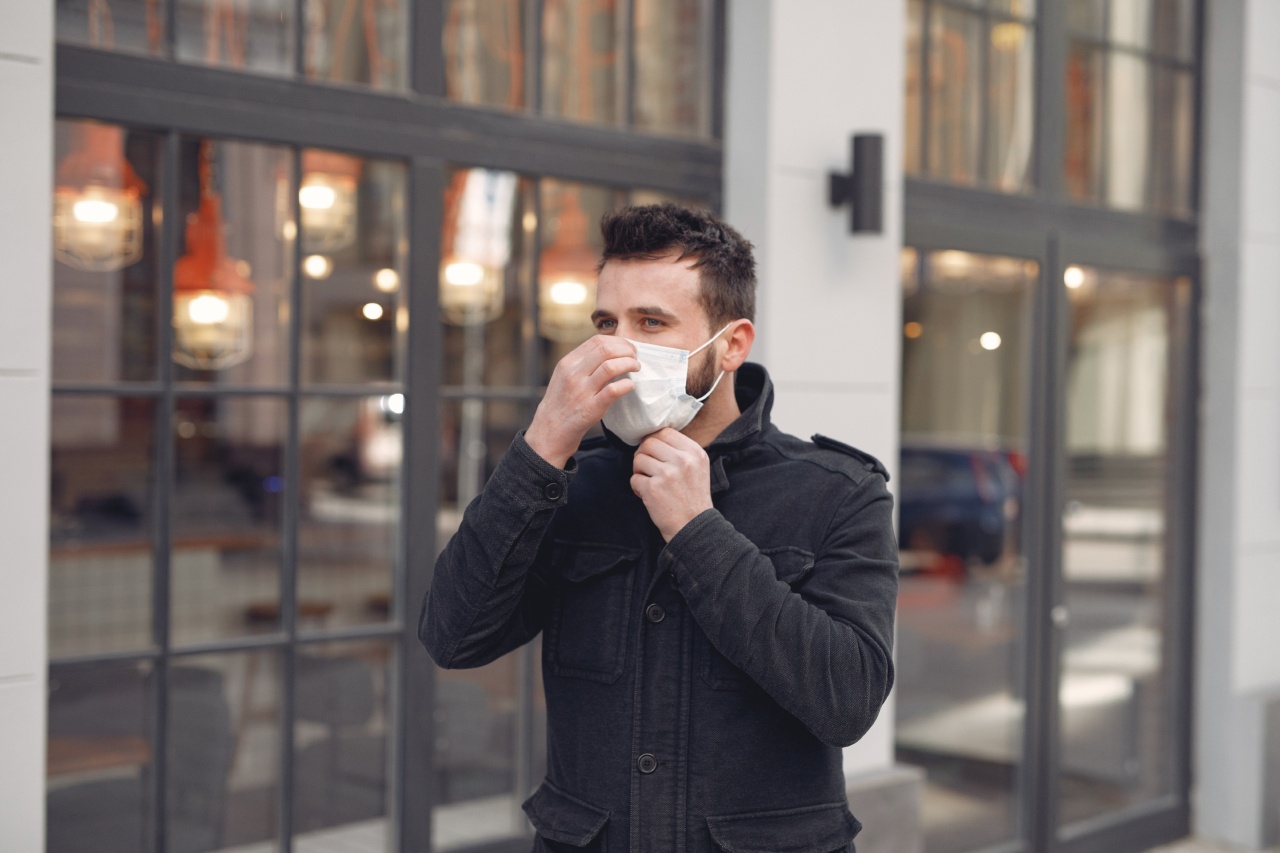Allergies and asthma are two common respiratory conditions that affect a significant number of adolescents worldwide.
These conditions can have a detrimental impact on the quality of life of adolescents, leading to missed school days, reduced physical activities, and social limitations. While allergies and asthma have genetic components, various environmental and lifestyle factors can also contribute to their development. Understanding these risk factors is crucial in preventing and managing allergies and asthma in adolescents.
1. Family History
One of the most significant risk factors for allergies and asthma in adolescents is a family history of these conditions. If one or both parents have allergies or asthma, the chances of an adolescent developing these conditions increase.
Genes play a vital role in determining an individual’s susceptibility to allergies and asthma, and while it doesn’t guarantee the development of these conditions, it increases the likelihood.
2. Environmental Allergens
Exposure to environmental allergens is another common risk factor for allergies and asthma in adolescents. Substances such as pollen, dust mites, pet dander, mold, and certain foods can trigger allergic reactions and asthma attacks.
Adolescents who live in environments with high levels of these allergens are more likely to develop allergies and asthma. It is important to reduce exposure to these allergens through regular cleaning, using air purifiers, and maintaining a clean indoor environment.
3. Occupational Exposures
In certain cases, occupational exposures can also contribute to the development of allergies and asthma in adolescents. Some adolescents work in environments that expose them to irritants and allergens, such as chemicals, fumes, and dust.
These exposures can trigger respiratory symptoms and increase the risk of developing allergies and asthma. It is crucial to ensure proper safety measures and protections are in place to minimize these occupational risks.
4. Secondhand Smoke
Exposure to secondhand smoke has been linked to an increased risk of allergies and asthma in adolescents. The harmful chemicals present in cigarette smoke can irritate the airways and trigger allergic reactions.
Adolescents who live with smokers or are frequently exposed to secondhand smoke are more likely to develop allergies and asthma. Creating smoke-free environments both at home and in public spaces can significantly reduce the risk for adolescents.
5. Obesity
Obesity has emerged as a significant risk factor for allergies and asthma in adolescents.
The excess weight and adipose tissue can contribute to inflammation, hormonal imbalances, and changes in the immune system, making individuals more susceptible to allergies and asthma. Maintaining a healthy weight through regular exercise and a balanced diet can help reduce the risk of developing these conditions.
6. Lack of Physical Activity
Inadequate physical activity not only affects overall health but also increases the risk of allergies and asthma in adolescents.
Regular exercise and physical activity promote lung function and strengthen the immune system, reducing the likelihood of developing respiratory conditions. Encouraging adolescents to engage in sports, outdoor activities, and regular exercise can lower their risk of allergies and asthma.
7. Air Pollution
Poor air quality and exposure to air pollution can act as triggers for allergies and asthma in adolescents. Pollution from vehicles, industrial emissions, and indoor pollutants can irritate the airways and exacerbate existing respiratory conditions.
Minimizing exposure to air pollution, especially in heavily polluted areas, can help reduce the risk for adolescents.
8. Stress and Psychological Factors
Psychological factors, including stress, anxiety, and emotional disturbances, can contribute to the development and worsening of allergies and asthma in adolescents.
Stress releases certain chemicals and hormones in the body that can trigger allergic reactions and asthma symptoms. Encouraging healthy coping mechanisms, stress management techniques, and providing emotional support can help reduce the impact of psychological factors on allergies and asthma.
9. Poor Indoor Air Quality
Indoor air quality plays a crucial role in respiratory health. Exposure to indoor pollutants such as tobacco smoke, household chemicals, mold, and volatile organic compounds can increase the risk of allergies and asthma in adolescents.
Ensuring proper ventilation, using natural cleaning products, and maintaining clean indoor spaces can help improve indoor air quality and reduce the risk of respiratory conditions.
10. Lack of Breastfeeding
Studies have shown that breastfeeding can have a protective effect against allergies and asthma in adolescents.
Breast milk contains antibodies and other immune-boosting substances that can help strengthen the immune system and reduce the risk of allergies and asthma. Lack of breastfeeding or early cessation of breastfeeding may increase the vulnerability to these respiratory conditions.






























